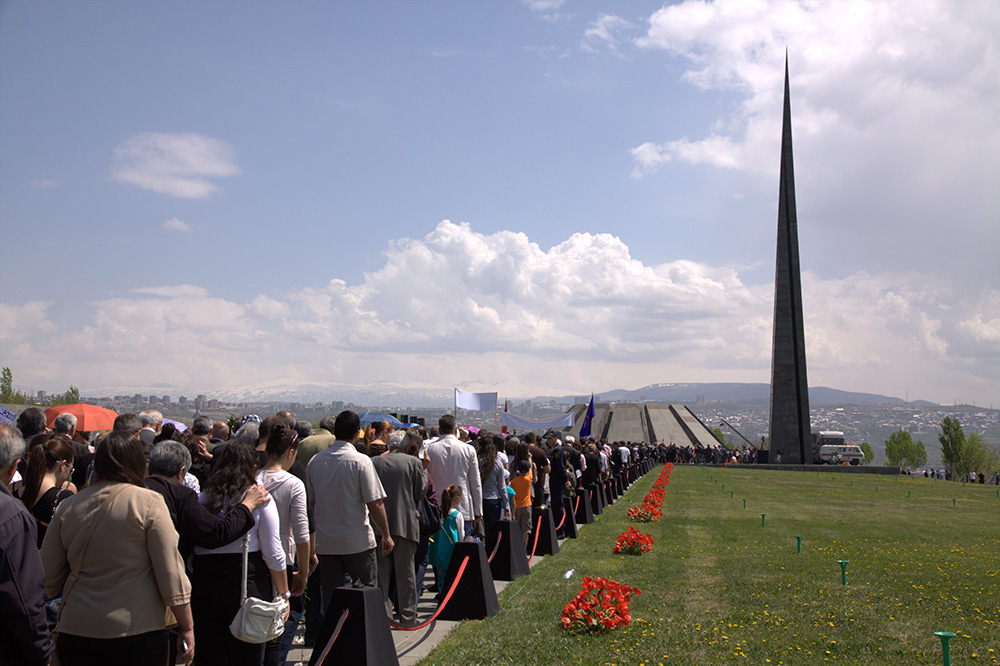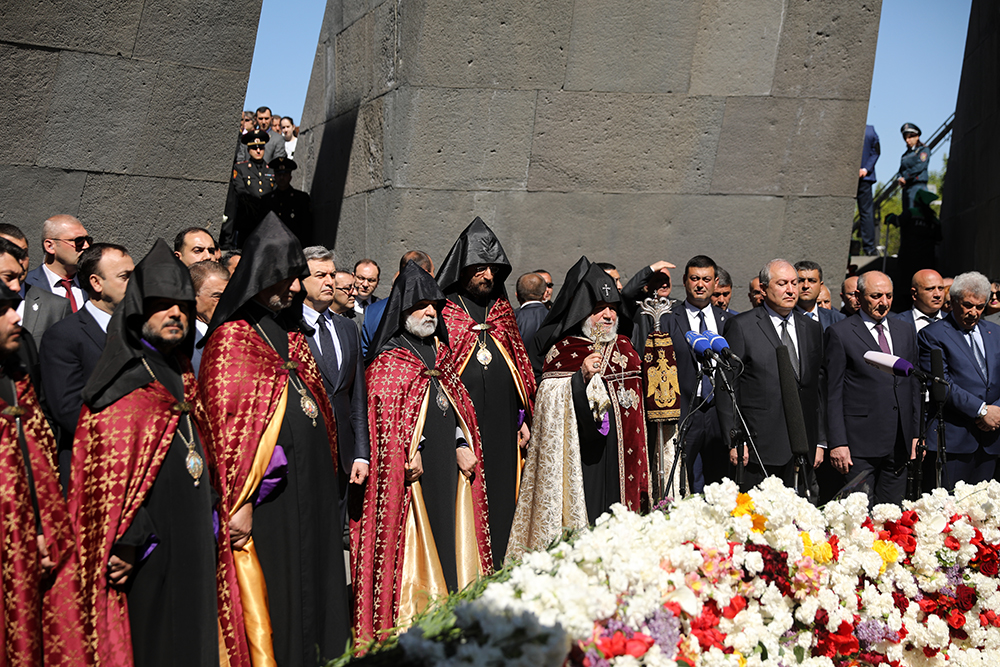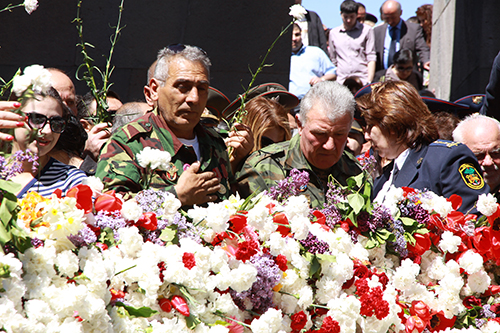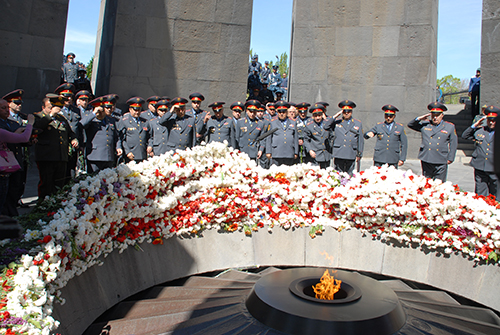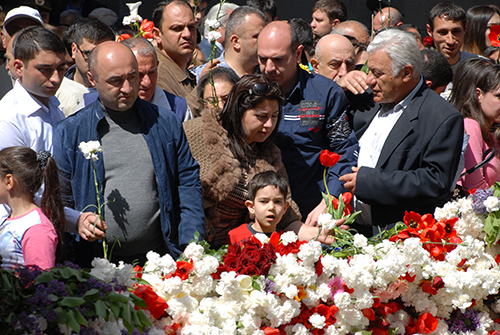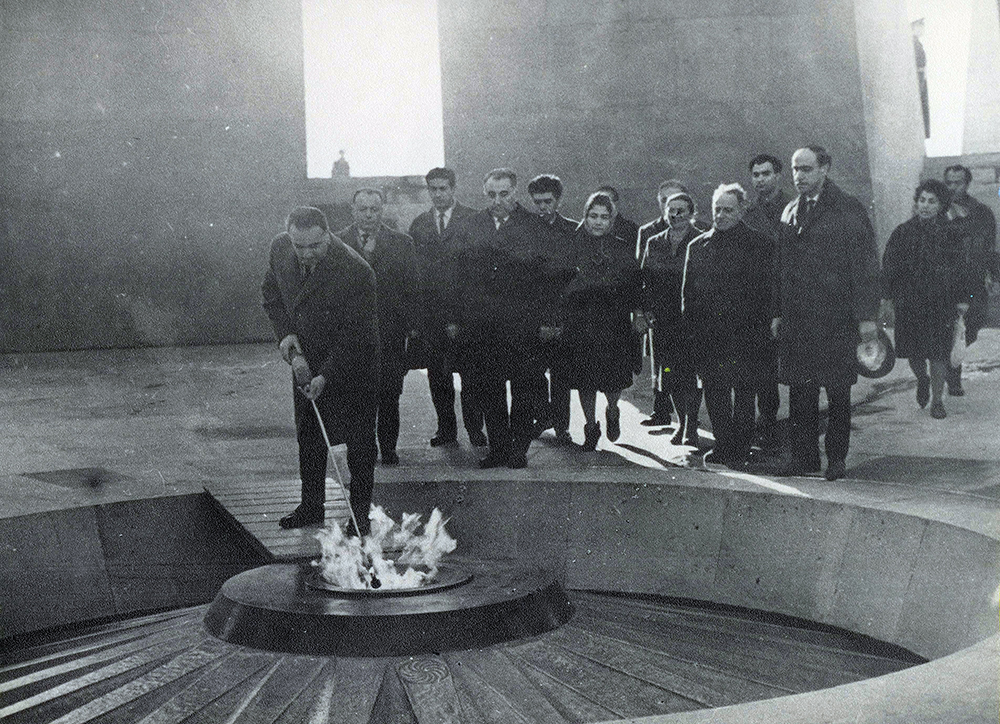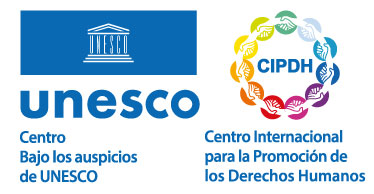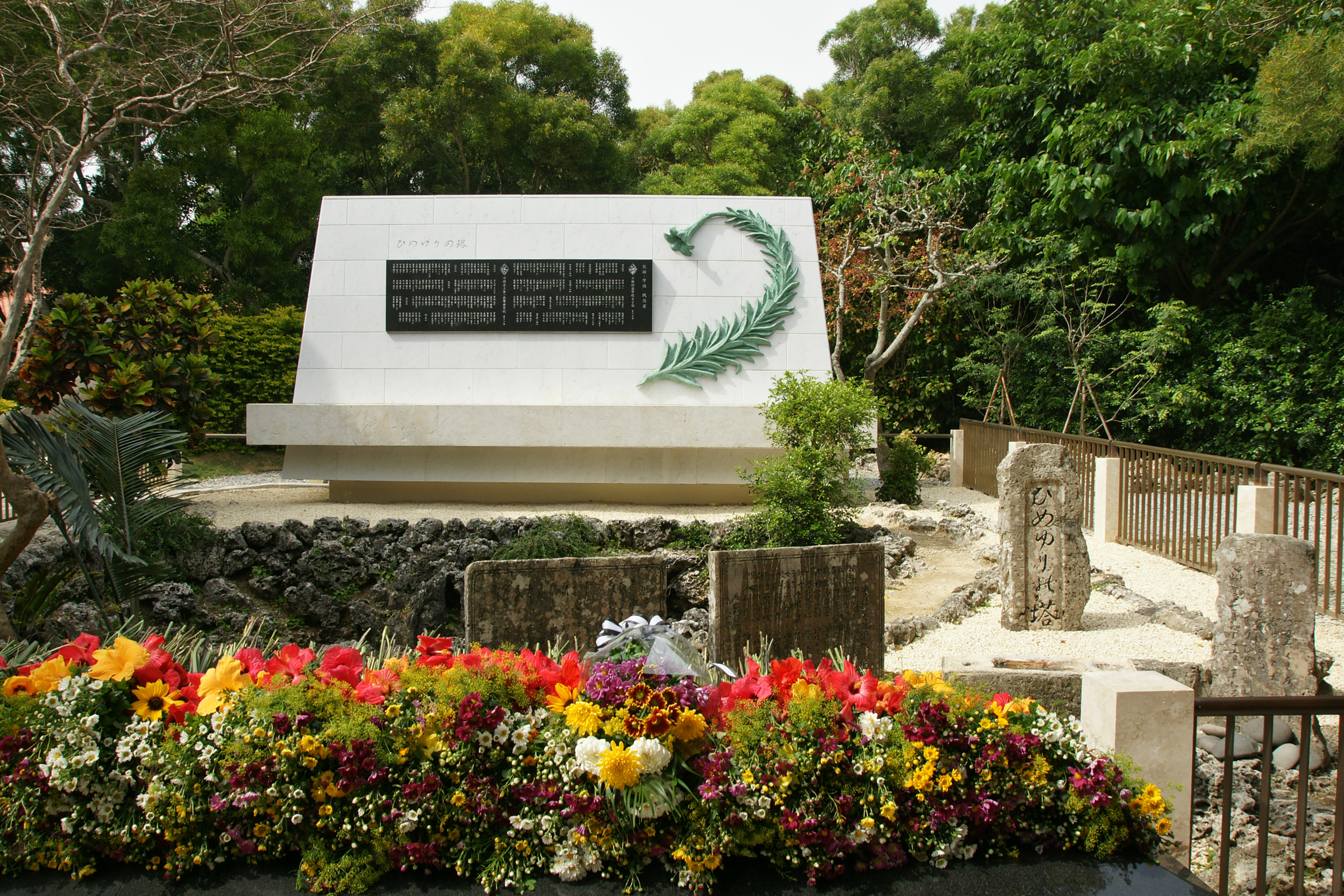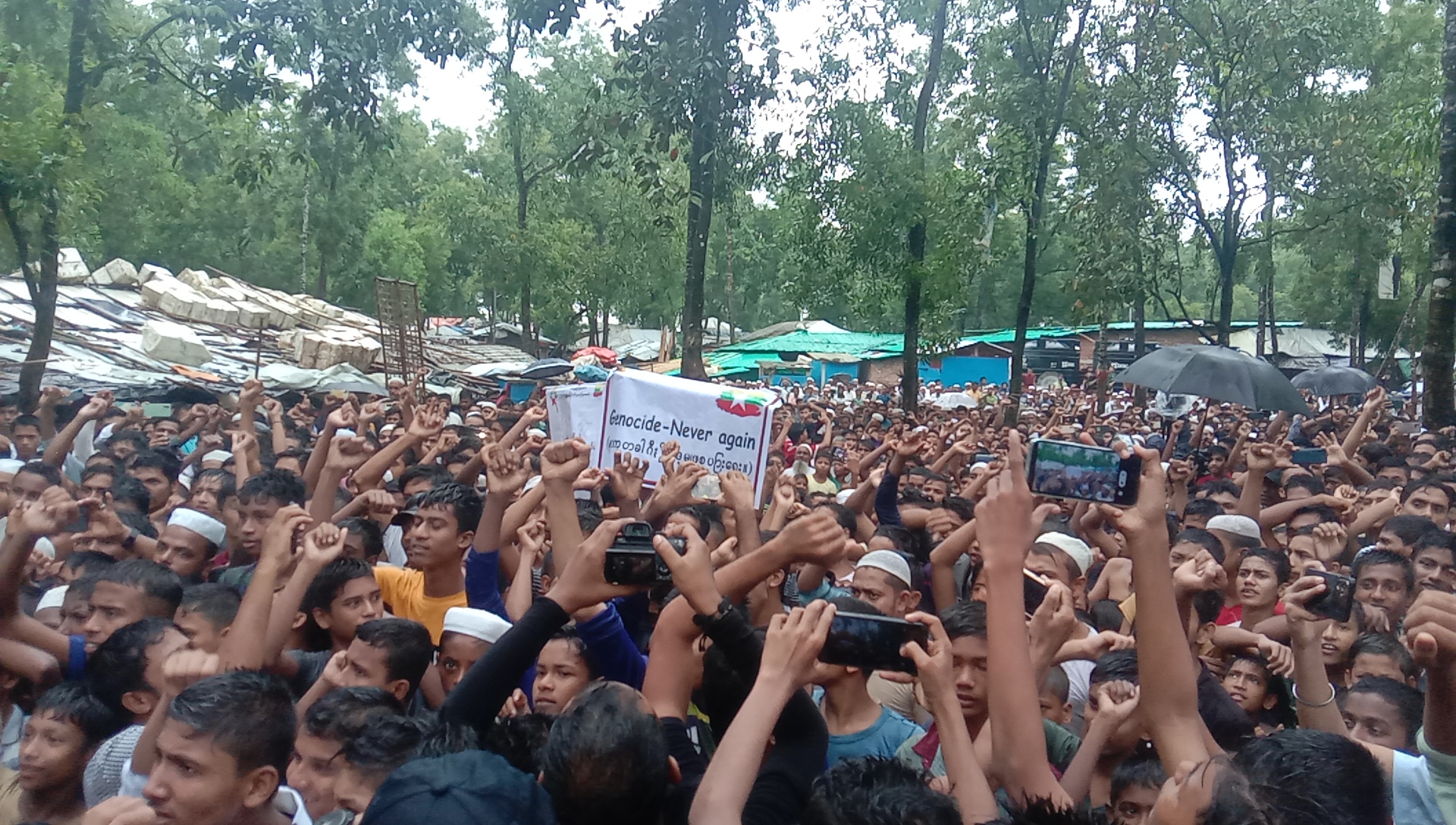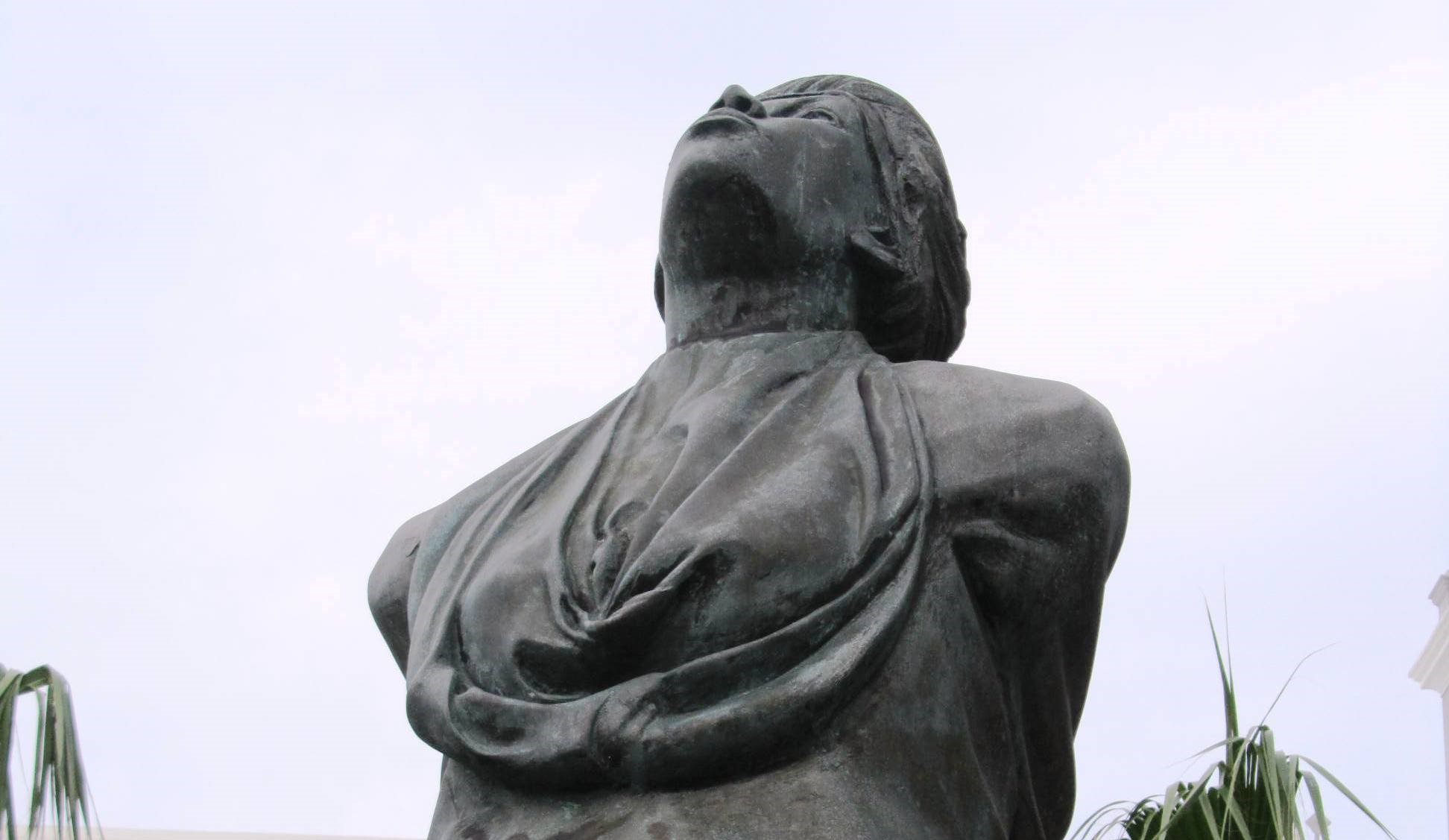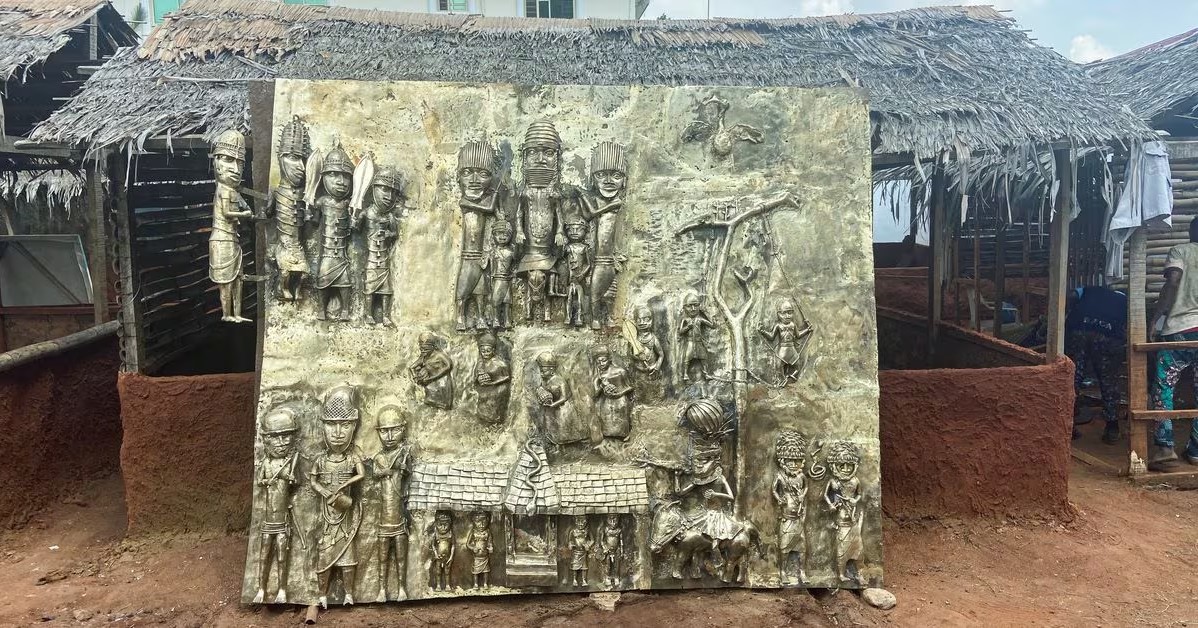Tsitsernakaberd Memorial
Monument
Theme: Genocide and/or Mass Crimes

Address
8/8 Tsitsernakaberd highway
Country
Armenia
City
Yerevan
Continent
Asia
Theme: Genocide and/or Mass Crimes
Purpose of Memory
To honor and remember the victims of the Armenian genocide.
Institutional Designation
Tsitsernakaberd Armenian Genocide Memorial
Date of creation / identification / declaration
1967
Public Access
Free
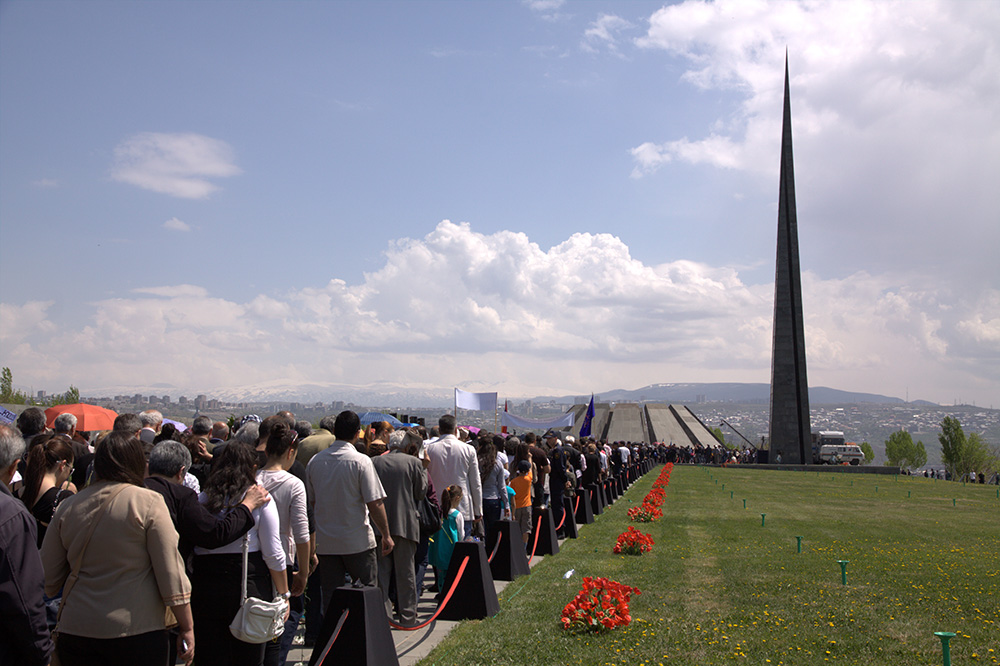
Location description
The Tsitsernakaberd Memorial (Swallow’s Fortress in Armenian) is a monument built in the city of Yerevan, Armenia. It consists of a 44-meter high pyramid representing the rebirth of the Armenian nation, twelve slabs grouped in a circle protecting, 1.5 meters deep, the “eternal flame”, a sign of mourning, and a wall where the names of the main towns affected by the Armenian genocide are engraved. Next to the memorial, there is an underground circular museum that exhibits the events that took place in 1915.
For centuries, the Ottoman Empire was formed by multiple ethnic groups, with deep formal inequalities. The “Armenian matter”, as the conflict was referred to at the beginning, arose from said inequality, with Armenians claiming better citizenship conditions, especially since the last quarter of the 19th century.
In the early 20th century, the ruling party, the Committee of Union and Progress (CUP), known as the “Young Turks”, proposed the reform of the empire and the development of a homogenization policy, which entailed a true ethnic cleansing.
Between 1915 and 1923, the Ottoman Empire executed a systematic plan to kill non-Turkish people living there. Most of the victims of this genocide were Armenians who occupied most of the territory controlled by Constantinople. However, Greeks, Assyrians and Arabs were also massacred. As a result, the modern Turkish State was created in 1923, with a population believed to be ethnically homogenous.
On April 24, 1915, hundreds of Armenian public figures (intellectuals, artists, religious leaders) were arrested and executed in the capital of Constantinople (Istanbul) or deported. The Armenian Republic considers this date as the beggining of the genocide since the passing of the “1915 Armenian’s genocide in Ottoman Turkey” Law in 1988.
Out of the two million people that made up the Armenian population between 1915 and 1923, it is estimated that one and a half million were murdered, subjected to expropriations, persecuted and tortured, and forced to leave their land and walk through the desert, where most of them died due to exhaustion, starvation and torments.
In 1918, after the Russian Revolution, the Democratic Republic of Armenia declared its independence, but it rapidly became part of the Soviet Union until its self-proclamation of independence on September 21, 1991.
In 1985, the United Nations Sub-Commission on the Promotion and Protection of Human Rights, in its revised and updated briefing on the matter of genocide crimes’ prevention and sanction (aka the Whitaker report) made reference to the killing of armenians by turks. Currently, 29 countries officially recognize the Armenian genocide.
The first official ceremony to commemorate the victims of the Armenian genocide was a mass held in 1920 at the Etchmiadzin Cathedral in the presence of Catholic and Protestant representatives. A “World War I Victims Remembrance Day” was added the following year to the liturgical year. The sovietization process in 1921 and especially during the Stalin period made it impossible to hold commemoration ceremonies for decades in Armenia.
On April 24, 1965, amid the de-Stalinization process and on the occasion of the fiftieth anniversary, commemorations were authorized. A mass was held again at the Etchmiadzin Cathedral, while authorities took part in a ceremony at the Yerevan Opera Theatre. In addition, a massive manifestation was organized for the first time on the streets of Yerevan demanding justice and the recovery of the expropriated lands. From that moment on, April 24 became the date when armenians, both from Armenia and the diaspora, commemorate publicly and massively the day of “Genocide of Armenians in 1915 in Ottoman Turkey”, which until that moment was organized behind closed doors.
In Armenia, the first monument was inaugurated in 1965 in the premises of the Etchmiadzin Cathedral. In 1967, the Armenian State built the Tsitsernakaberd Memorial in a public space.
Tsitsernakaberd means “Swallow’s Fortress”, and makes reference to the fact that swallows always return to their nest, even if their home has been destroyed.
On November 22, 1988, the “Law on the Condemnation of the 1915 Genocide of Armenians in Ottoman Turkey”, which declared April 24 as the Genocide Martyrs’ Commemoration Day, was passed. Every year, on that day, thousands of Armenians arrive at the memorial to put a flower around it.
On August 23, 1990, the genocide was included in the Declaration of Independence of Armenia; its remembrance constitutes one of the pillars of the Armenian identity.

